security handle for velux windows free 3d print model Modelli 3D Gratuiti
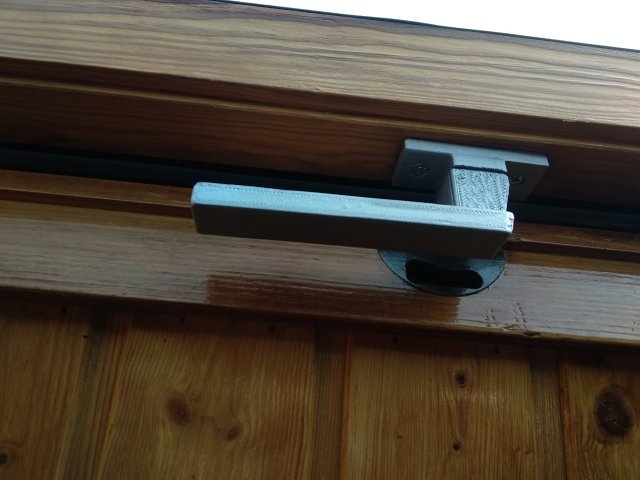
$
0.00 USD
- Richiedi supporto per il prodotto
- Formati disponibili:
- ID Oggetto:230656
- Data: 2019-02-22
- Collezione:No
- Larghezza in centimetri:6.3 X 12.1CM
- Unità in pollici:XXX
- Larghezza in millimetri:XXX
- Altezza in millimetri:XXX
- Profondità in millimetri:XXX
- Stampa Pronta:
- 3D Scan:No
- Per adulti:No
- PBR:No
- Visualizzazioni:9788
Descrizione
stl security handle for velux windowsown desing (not perfect but funcional) 2 parts .stl files in winrar archives
part1: +- 01h:03m without support +10% infill part2: +- 01h:44m with support +30% infill speed: 30 mm/s
.2 resolution
printed in anycubic kossel plus
not for resale thanks!!!


 English
English Español
Español Deutsch
Deutsch 日本語
日本語 Polska
Polska Français
Français 中國
中國 한국의
한국의 Українська
Українська Italiano
Italiano Nederlands
Nederlands Türkçe
Türkçe Português
Português Bahasa Indonesia
Bahasa Indonesia Русский
Русский हिंदी
हिंदी
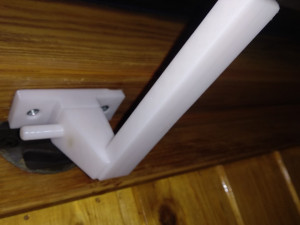

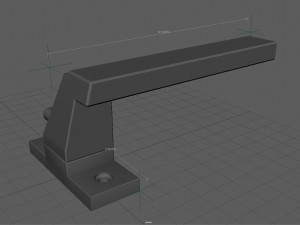
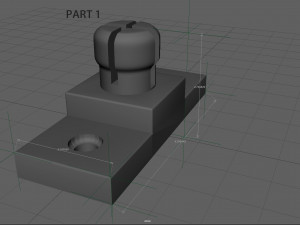
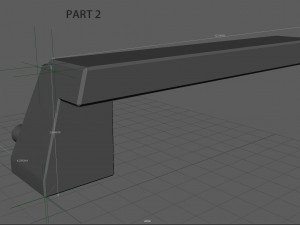
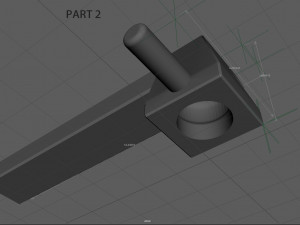
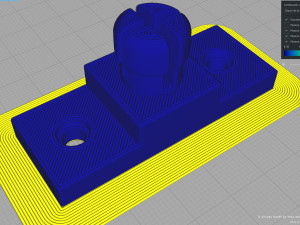
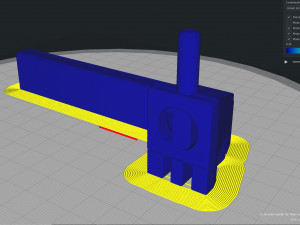

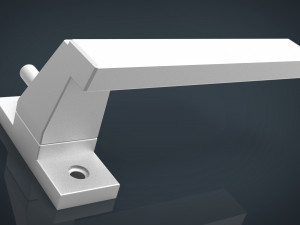

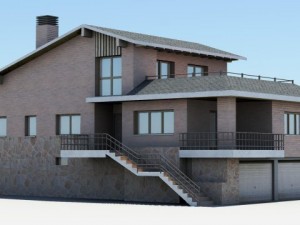
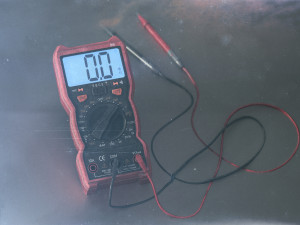

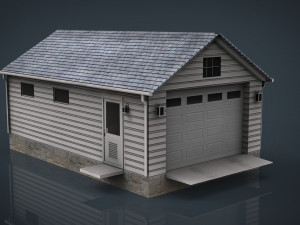
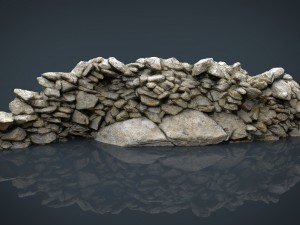
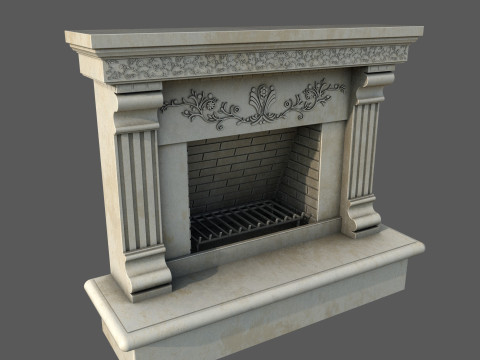

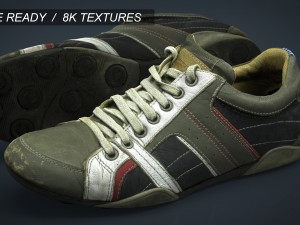


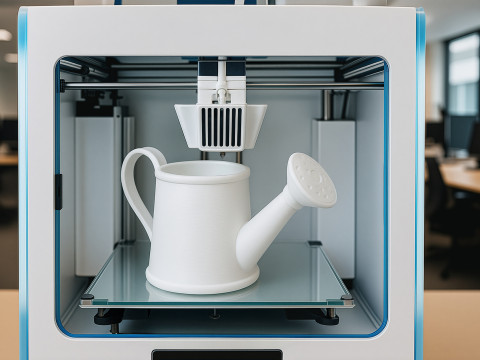
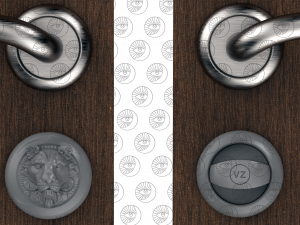


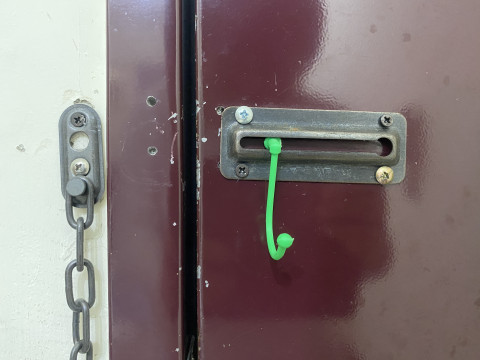
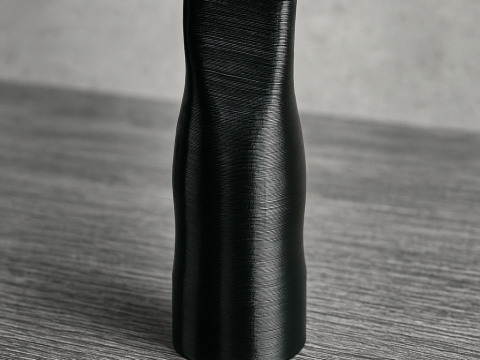
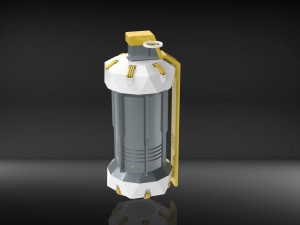
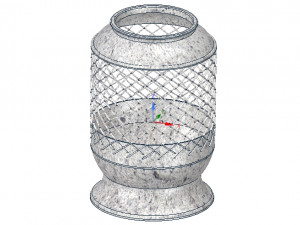

I am prepared to print it (got a quote of 109 euros at a local 3D print shop) ...but there is one thing I actually don't understand: how are the two parts security connected one to the other. When looking at the design, I have the feeling that one has to "clip" the part in the other one.
This raises two questions:
1/ is it required that the print material would be flexible enough in order to be able to click the two parts together?
2/ if it can be clipped "in", is it really a "security" handle? Isn't there a risk that it would be possible to force the window and "unclick it"?
Let's see if I get some answers to those two questions.
Imho, a better design would have been to make the two parts easy to connect at another angle (e.g. rotating further to the right) but to have a non cynlindric design for the interconnection, by example with a narrower parts that would prevent to "unplug" the parts.